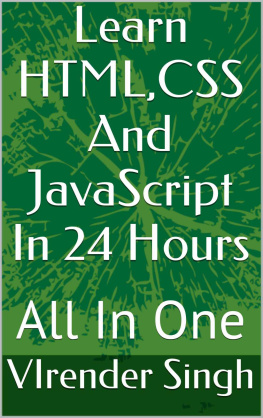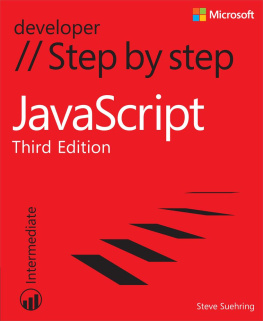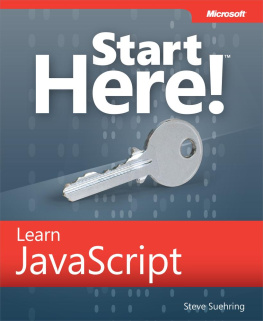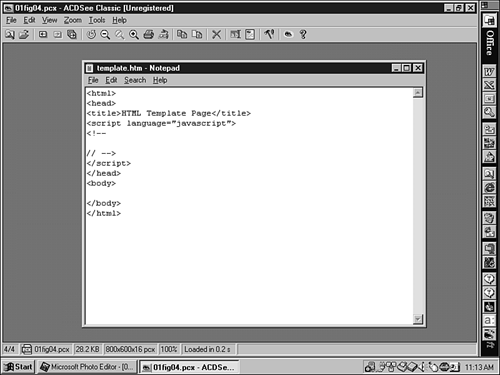Kathie Kingsley-Hughes - JavaScriptв„ў 1.5 by Example
Here you can read online Kathie Kingsley-Hughes - JavaScriptв„ў 1.5 by Example full text of the book (entire story) in english for free. Download pdf and epub, get meaning, cover and reviews about this ebook. year: 2001, publisher: Que, genre: Home and family. Description of the work, (preface) as well as reviews are available. Best literature library LitArk.com created for fans of good reading and offers a wide selection of genres:
Romance novel
Science fiction
Adventure
Detective
Science
History
Home and family
Prose
Art
Politics
Computer
Non-fiction
Religion
Business
Children
Humor
Choose a favorite category and find really read worthwhile books. Enjoy immersion in the world of imagination, feel the emotions of the characters or learn something new for yourself, make an fascinating discovery.
- Book:JavaScriptв„ў 1.5 by Example
- Author:
- Publisher:Que
- Genre:
- Year:2001
- Rating:3 / 5
- Favourites:Add to favourites
- Your mark:
JavaScriptв„ў 1.5 by Example: summary, description and annotation
We offer to read an annotation, description, summary or preface (depends on what the author of the book "JavaScriptв„ў 1.5 by Example" wrote himself). If you haven't found the necessary information about the book — write in the comments, we will try to find it.
JavaScript 1.5 by Example starts with a taste of JavaScript what it is, what its for, and what readers need toget started. The book then explains how to add JavaScript toexisting HTML pages, leading readers into the fundamentals of thelanguage including JavaScript syntax, notation and conventions,communicating with users via input and output, manipulatingvariables and data, logic statements in JavaScript, and objectprogramming with JavaScript. The book progresses to an explanationof JavaScripts role in Dynamic HTML, and how that power canbe exploited to create animation, navigation, forms processing andmore.
Kathie Kingsley-Hughes: author's other books
Who wrote JavaScriptв„ў 1.5 by Example? Find out the surname, the name of the author of the book and a list of all author's works by series.


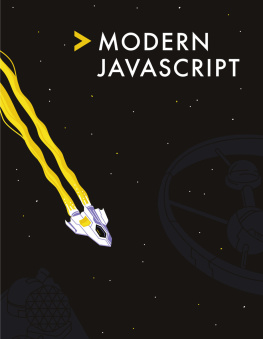
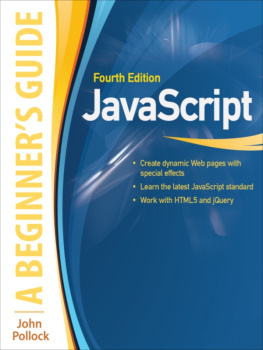


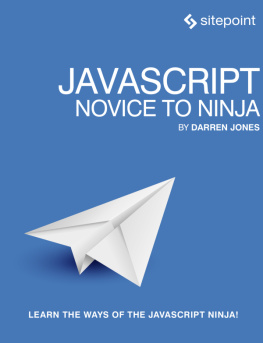
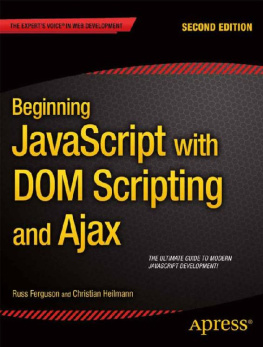
![Jon Duckett [Jon Duckett] - JavaScript and JQuery: Interactive Front-End Web Development](/uploads/posts/book/120511/thumbs/jon-duckett-jon-duckett-javascript-and-jquery.jpg)
